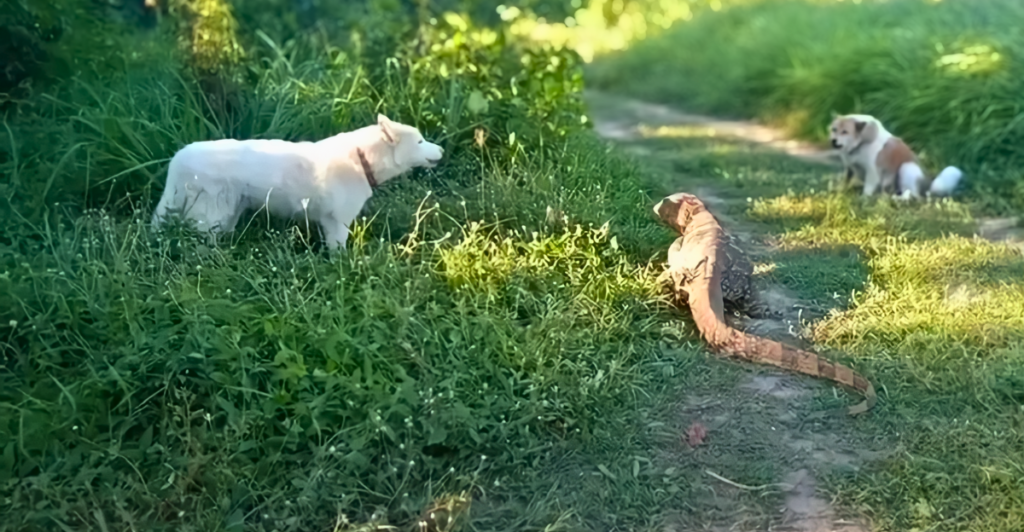
Invasive species have long been a problem for both developing and established ecosystems when they start threatening the endemic flora and fauna. Invasive species can range from plants and animals to insects and pathogens.
The Impact of Invasive Species
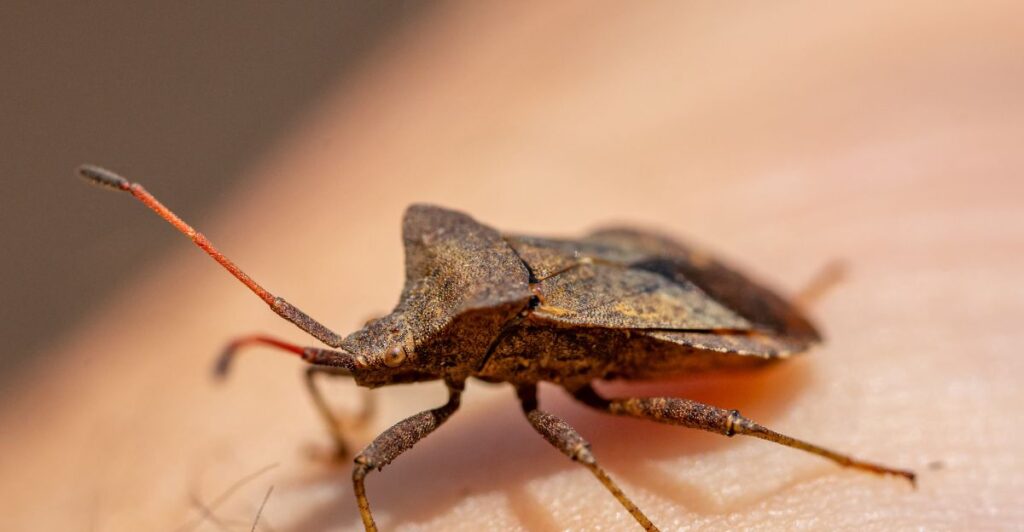
In the United States, around 42 percent of endangered species are threatened by invasive species. They compete with the local populations for food, shelter, and water, as well as introduce new diseases that can ravage ecosystems. It is estimated that invasive species cost $137 billion each year to manage.
Burmese Python
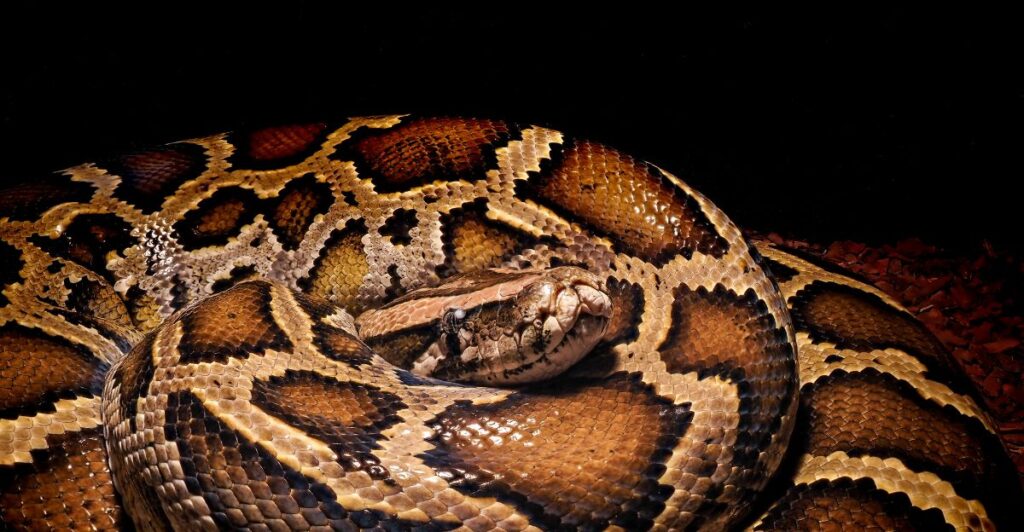
Florida has many invasive snake species due to the exotic pet trade. The Burmese python has a significant presence in the Florida Everglades. They grow into large predators that hunt many local mammals. They threaten the local ecosystem and are extremely hard to uproot from their new environment.
Asian Carp
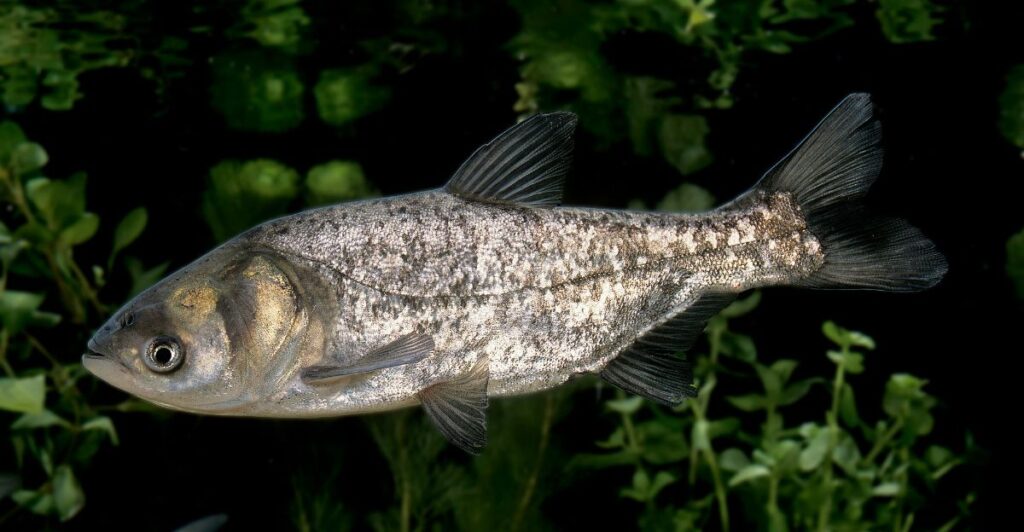
In the American Midwest, silver and bighead carp were introduced in fish farms to help maintain algae. Some of the fish either escaped into the wild or were released and now breed without any kind of control. They inhabit the waterways of the Midwest and compete with the local fish for food.
European Starling

Introduced in the 19th century, the European starling has become a widespread invasive species that inhabits a lot of North America. They outcompete with other birds for food and encroach on their nesting grounds.
Zebra Mussel
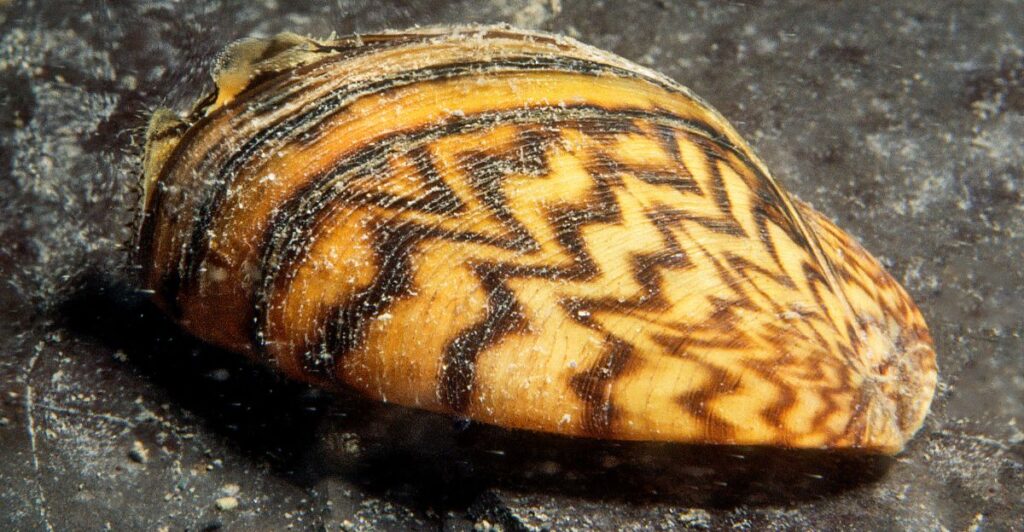
Zebra Mussels were accidentally introduced into America through the ballast tanks of ships. The freshwater mussels thrive in waterways and can clog them when in high enough numbers. Their colonies can drive out local mussels and disrupt the entire aquatic ecosystem.
Kudzu
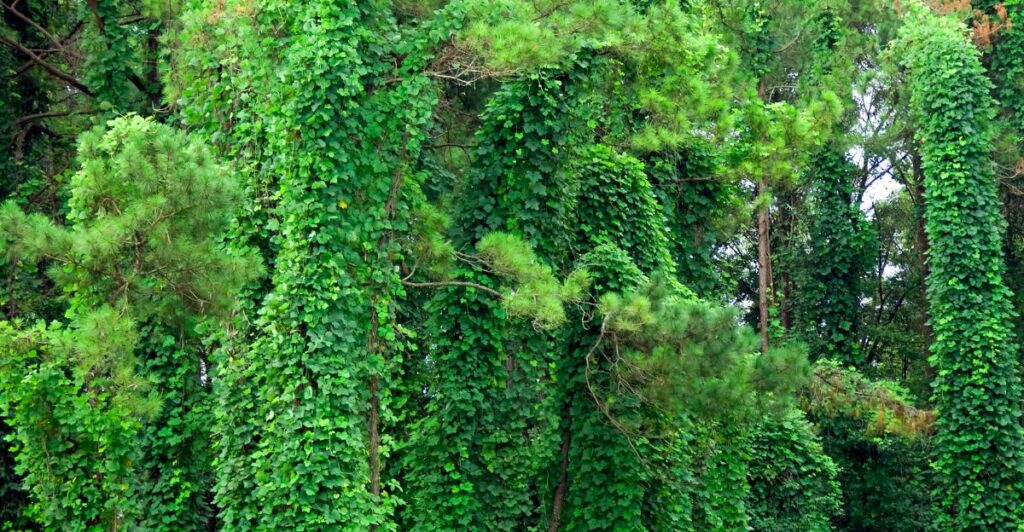
In the Southeastern United States, the kudzu is thriving, covering trees and other plant life. The vine was introduced for erosion control but has now been taking over the landscape. They are parasitic vines that block the amount of sun other flora have access to.
Nutria
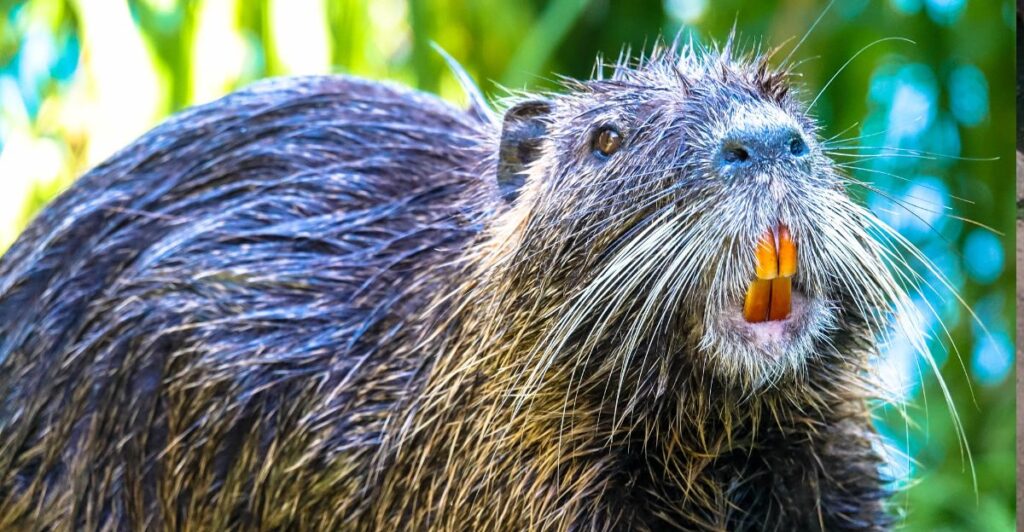
Nutria are rodents that come from South America. They were introduced into the United States’ wetlands and eat marsh vegetation in high numbers. This means they don’t leave enough for the local wildlife and increase soil erosion.
Brown Marmorated Stink Bug
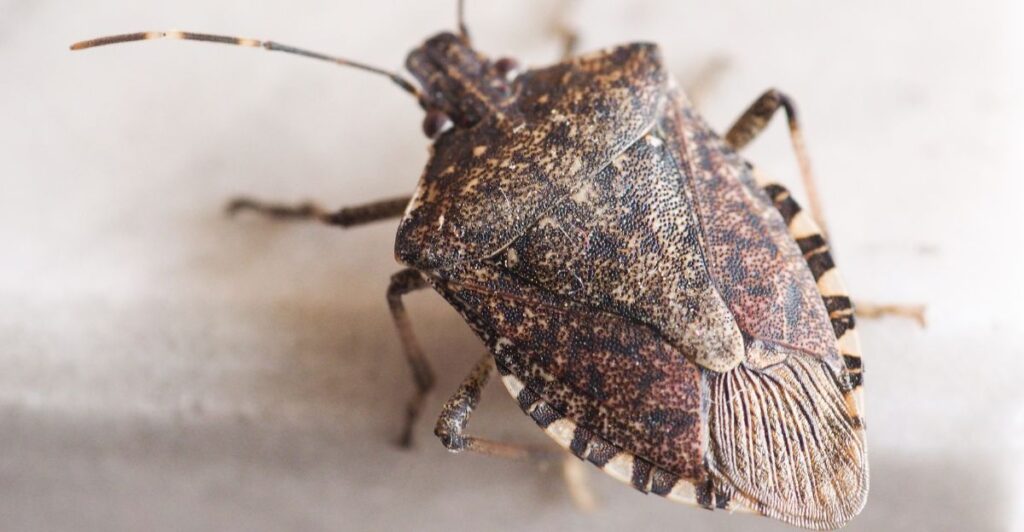
The brown marmorated stink bug originally comes from Asia but has been introduced into the U.S. and does a lot of agricultural damage. The bugs damage crops and rapidly spread, making them a nightmare for both farmers and homeowners.
Emerald Ash Borer
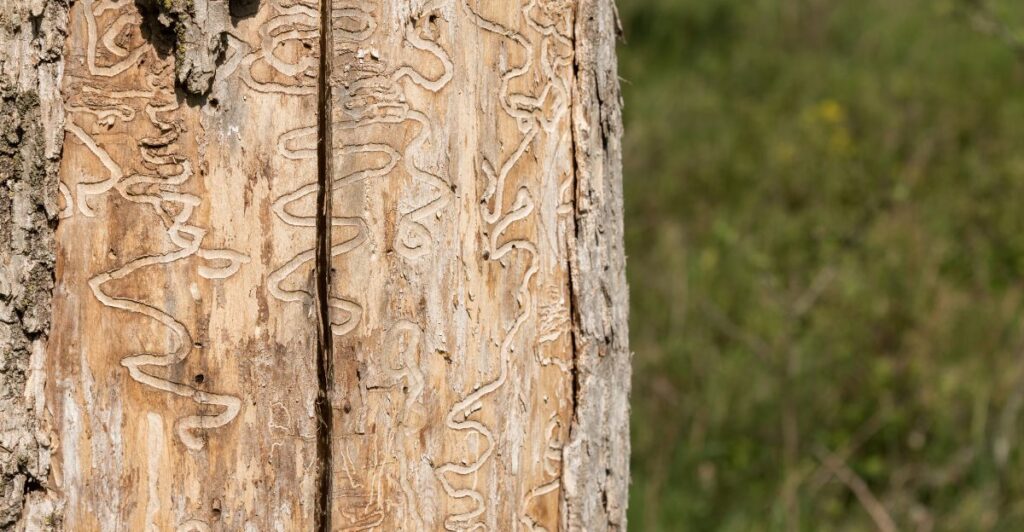
As the name suggests, the emerald ash borer is a beetle that has a vendetta against ash trees. The females lay eggs in any crevices they can find in the trees, and once they’ve hatched, the larvae feed on the tree from the inside out.
Cheatgrass
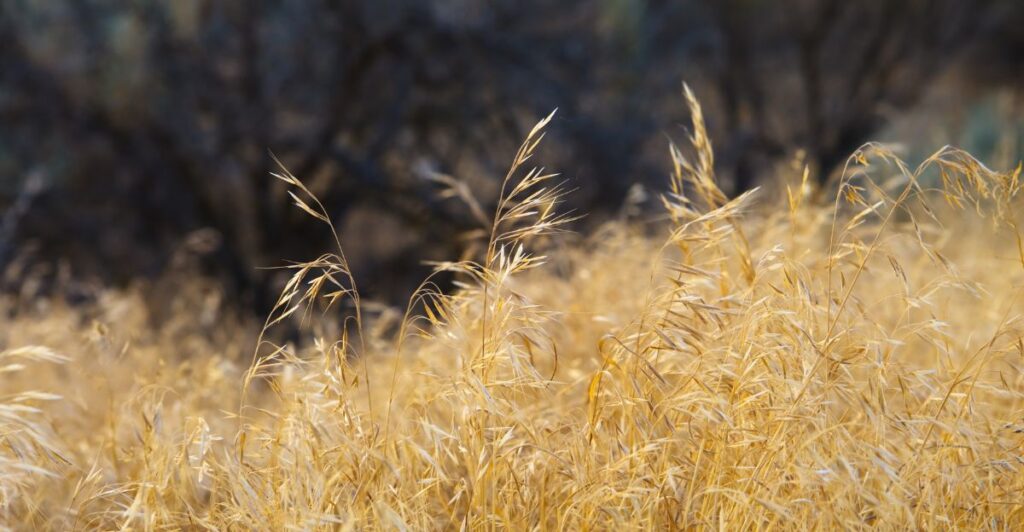
Cheatgrass is an invasive plant that alters fire regimes in Western U.S. ecosystems. It grows quickly and can dominate landscapes, increasing fire frequency, which harms native plant species and disrupts local wildlife habitats.
Feral Hogs
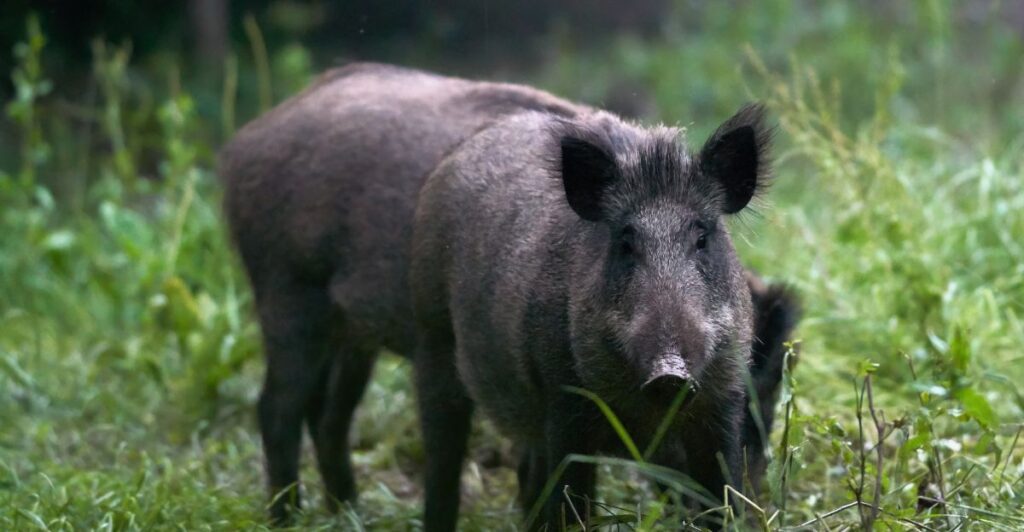
Feral hogs are highly adaptable animals that cause extensive damage to crops and natural habitats through their rooting behavior. Their populations have exploded across many states, leading to competition with native wildlife for food resources and habitat degradation.
Garlic Mustard
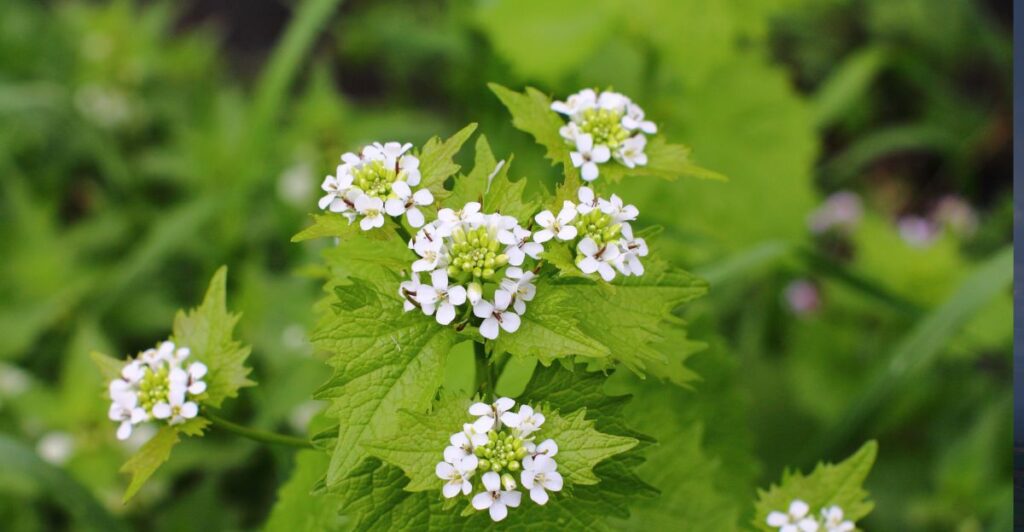
Garlic mustard is an invasive herb that spreads quickly through forests and shaded areas. It releases chemicals into the soil that inhibit the growth of native plants, disrupting local ecosystems and diminishing biodiversity as it takes over habitats.
Discover more of our trending stories and follow us to keep them appearing in your feed

Invasive Species Changing America’s Landscapes Forever
13 Reintroduced Animals Winning the Fight Against Invasive Species
California Is Breaking Apart: A Fault Line Is Forming Faster Than Anyone Predicted
The War on Cows Is Over—And Green Extremists Have Lost
This article first appeared here
Stay connected with us for more stories like this! Follow us to get the latest updates or hit the Follow button at the top of this article, and let us know what you think by leaving your feedback below. We’d love to hear from you!







